
Peanuts Still Popular Despite New Product Options, Concerns About Allergies
Millennials are choosing peanuts and peanut products for their nutritional benefits while enjoying them in sauces and smoothies. It’s not just PB&J anymore.

Millennials are choosing peanuts and peanut products for their nutritional benefits while enjoying them in sauces and smoothies. It’s not just PB&J anymore.

A thirst for knowledge and a varied background has lead DOLE Packaged Foods Corporate Chef Ken Shipton, CEC, on a career ride that fits his current position like a glove.
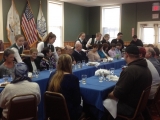
Instructing high school culinarians includes learning about international foods and a lesson on the fly in synchronized serving for students at southern Rhode Island’s Chariho Area Career and Technical Center.

An aging population and growing demand for healthcare facilities has lead to an increased need for culinarians to feed the seniors.
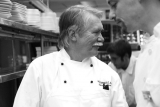
Culinary leadership should separate the interesting from the critical to determine forward thinking methodologies.
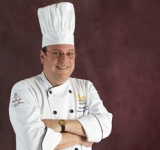
Chef Adam Weiner and mentor Chef Jesse Cool broaden the concept of buying local food to include selecting food that is freshly grown locally from known farms with greater biodiversity and sustainability.

Dr. Fred Mayo shares test creation tips and offers ways to reduce student test-taking anxiety. “A good test question is like a clean window; it does not get in the way of seeing what the student does and does not know.” Mary Ellen Weimer
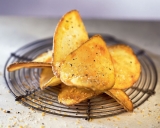
Customizing potato chips–whether fresh or processed–is an easy way to bring signature flavors to one of America’s favorite mediums. Many popular restaurant menus around the country feature some variation of potato chips, from jalapeño kettle chips to truffled Parmesan chips to honey butter chips. Students can take the humble potato chip to innovative new culinary heights.
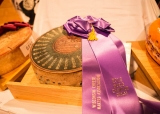
Wisconsin cheesemakers dominated the competition at the recent World Championship Cheese Contest, including taking home the top prize, 2016 World Champion, for Team Emmi Roth USA’s Roth® Grand Cru® Surchoix, a Wisconsin Original hard smear-ripened cheese. This marks the first time a cheese made in the U.S. has won the competition since 1988.